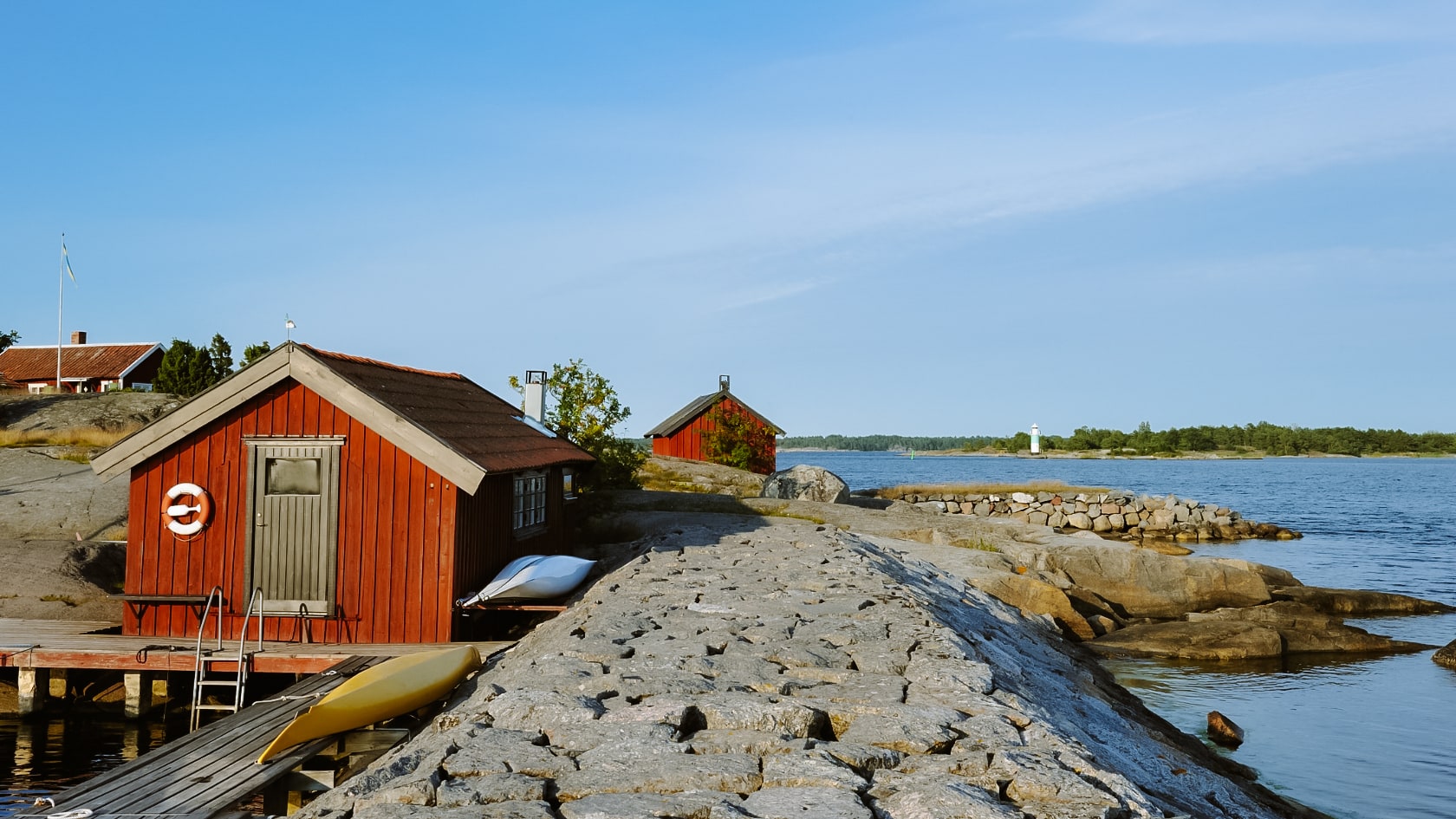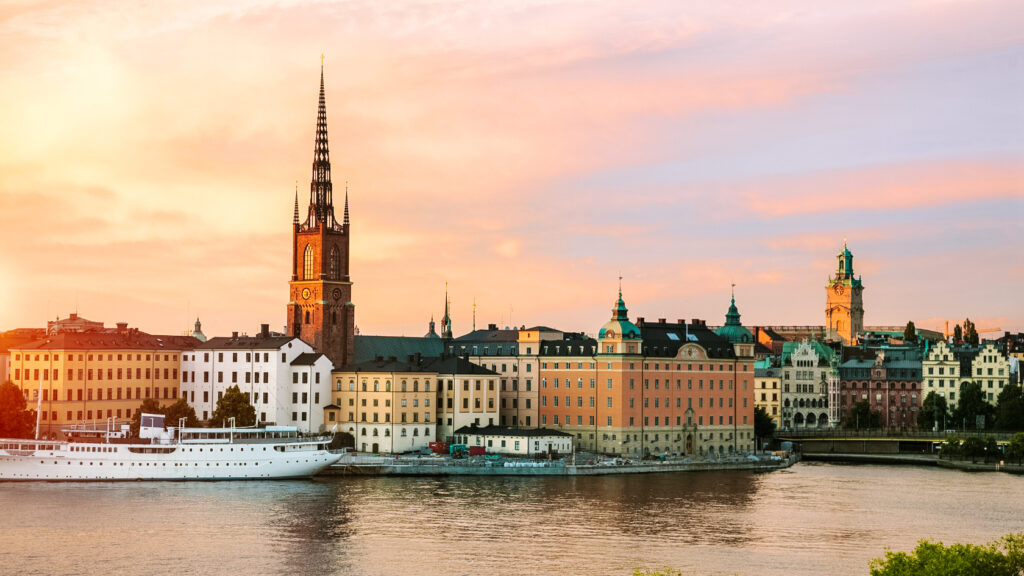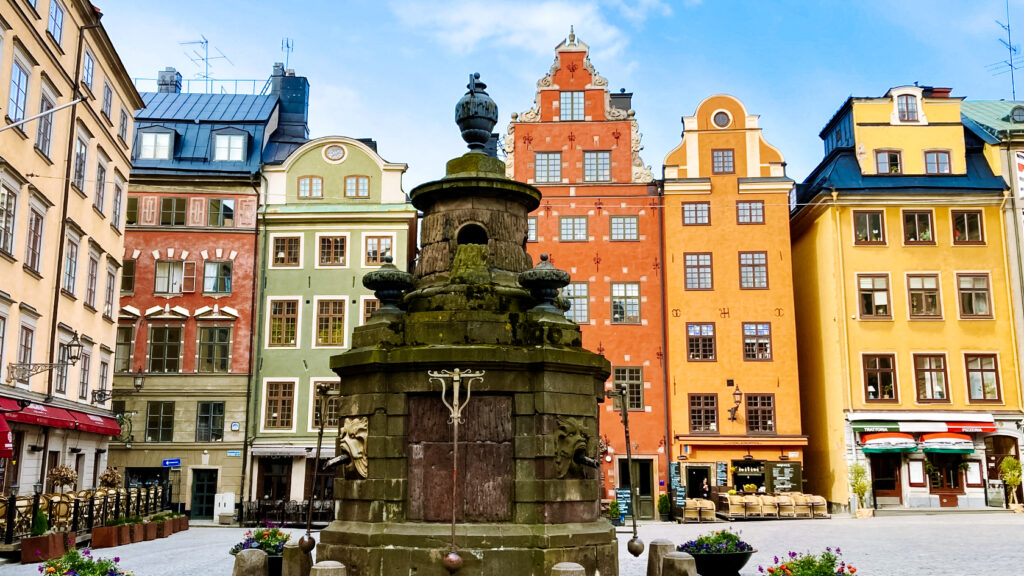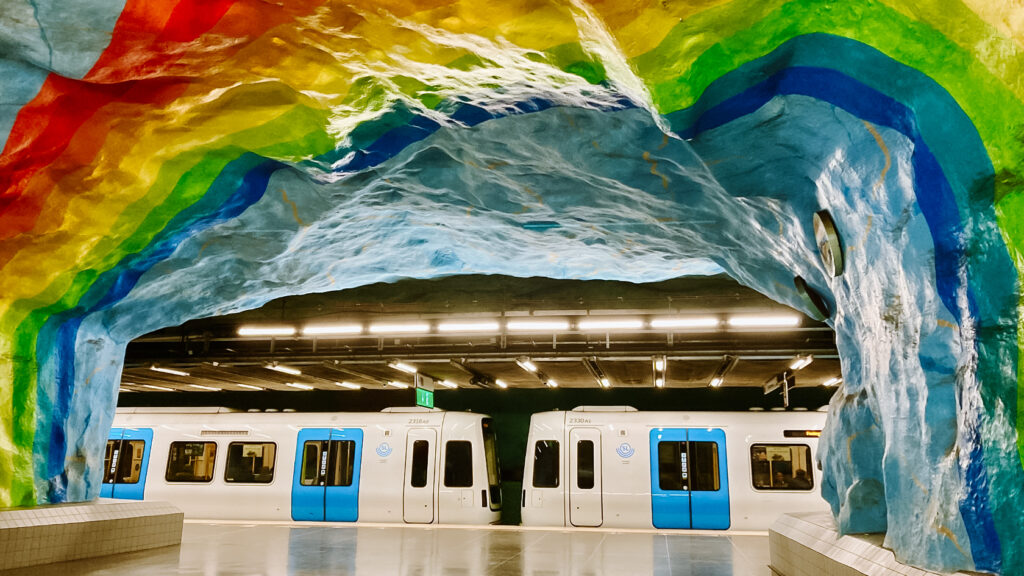TRAVEL GUIDE FOR SWEDEN
Discover Sweden, a land of deep forests, Viking history and innovative architecture. From breathtaking mountain scenery to vibrant metropolises like Stockholm and Gothenburg.
STOCKHOLM
25 Things to do in Stockholm: Best places to visit (+ map)
Hipster cafes, a harbour lined with boats, gothic architecture, cinnamon buns and a…
Stockholm Pass: How to save o in Stockholm (review 2024)
Stockholm Pass includes admission to more than 60 of Stockholm’s top sights, museums…
Stockholm Travel Guide (2024) – transport, prices and other useful tips
Are you planning to visit Stockholm? How to get to Stockholm and how…
USEFUL INFORMATION
When to visit Sweden
Sweden is beautiful all year round, but each season brings its own specific highlights and types of activities to do during your visit. Here is an overview of what you can expect in each period:
Spring (March to May): Spring is ideal for nature lovers who want to watch the Swedish landscape come to life. The days are getting longer and the temperatures are slowly rising, making spring ideal for hiking and sightseeing without the crowds.
Summer (June to August): Summer is the most popular time to visit due to the warm weather and long days, especially in the northern areas where you can experience the “midnight sun” when the sun does not set below the horizon. A great time for outdoor activities such as hiking, canoeing, and cycling. Cities come alive with festivals, markets and open-air concerts.
Autumn (September to November): Autumn is another ideal season for hiking and sightseeing. Temperatures are cooler but still pleasant. Locals head into the forests to pick mushrooms and berries, and the number of tourists decreases as autumn progresses.
Winter (December to February): Winter in Sweden is synonymous with snow activities and Nordic traditions. You can enjoy skiing, snowboarding, dog sledding and snowshoeing. The northern parts of the country offer breathtaking views of the Northern Lights. Although the days are short and temperatures can drop well below freezing, Christmas markets and festive lights add a magical atmosphere to winter in Sweden.
Transport in Sweden
Public transport
Public transport in Sweden is highly efficient, extensive and environmentally friendly, allowing easy and convenient access to different parts of the country, from densely populated metropolises to remote natural areas.
Train services in Sweden are known for their reliability, speed and comfort. The state-owned railway company SJ (Statens Järnvägar) operates an extensive network of fast and regional trains that connect major cities such as Stockholm, Gothenburg and Malmö with smaller towns and areas across the country.
In addition, there are private railway companies such as MTR Express and Snälltåget that offer alternative and competitive services.
Bus services complement the train network and provide access to areas where trains cannot reach. Local buses complement urban and suburban routes in metropolitan areas, while long-distance bus services, such as those from companies like FlixBus and Swebus, offer affordable and efficient connections between major cities and tourist destinations.
Ferries play a key role in Swedish public transport due to the country’s geographical layout, which includes extensive coastal areas and a number of islands.
Ferry services such as those operated by Viking Line and Stena Line connect mainland Sweden with its many islands, including Gotland and Öland. They also offer international connections with neighbouring countries such as Finland, Norway and Denmark.
Cycling is very popular in Sweden, both for daily commuting and for recreational purposes. The country is criss-crossed with an extensive network of cycle paths and the government and local authorities are investing further in its development and maintenance. Cities like Stockholm, Gothenburg and Malmö have well-developed networks of cycle paths that make it easy and safe to get around the city and its surroundings. In addition to the urban areas, there are also long cycling routes through the beautiful Swedish countryside.
By car in Sweden
Driving to Sweden is the best way to explore the country, as it gives you maximum flexibility and the chance to discover hidden treasures away from the main tourist routes.
Travelling from the south, you’ll cross Denmark and continue over the Öresund Bridge connecting Denmark to Sweden, which is an impressive feat of engineering in itself. Alternatively, you can take one of the many ferry connections from Germany, Poland or the Baltic States directly to Sweden.
In Sweden, it is compulsory for all passengers to keep their lights on all day, wear seat belts and comply with the speed and blood alcohol limits. Winter tyres are compulsory in the winter months from December to March.
The motorway network in Sweden is well developed and allows fast movement between cities and regions. Most motorways in Sweden are free of charge, but there are exceptions, such as tolls on certain tunnels and bridges, such as the Öresund Bridge between Sweden and Denmark. You can pay the toll electronically or on the spot by credit card.
The maximum speed limit in Sweden is set at 120 km/h on motorways, 70-90 km/h on main roads outside cities and 30-50 km/h in urban areas, unless otherwise stated.
Parking in Sweden is well organised, although in larger cities such as Stockholm, Gothenburg and Malmö, finding a free parking space can be a challenge. Many cities offer parking on the outskirts of towns, often for free or for a nominal fee, and provide links to public transport to the city centre.
Culture and tradition in Sweden
Culture
Sweden’s culture is rich and diverse, reflecting its long history of innovation, social equality and deep connection with nature. These are values deeply rooted in Swedish society.
Sweden has an important tradition in literature, art and design, as evidenced by the works of world-renowned authors such as August Strindberg and Selma Lagerlöf. Sweden is at the forefront of modern design and architecture thanks to its minimalist and functional approach.
Sweden has a strong emphasis on promoting culture and the arts, with music festivals, art exhibitions and literary events taking place throughout the year. The country hosts many prestigious cultural events, such as the Stockholm Film Festival and the Nobel Prize, which attract international attention.
Traditions and festivals
One of the best-known and most distinctive traditions in Sweden is the celebration of Jul (Christmas), which culminates on Christmas Eve, 24 December. This celebration includes a traditional Christmas dinner, featuring julskinka (Christmas ham), roast salmon or a traditional “julbord” – a Christmas buffet containing a variety of typical Swedish dishes. The dinner is followed by the distribution of gifts, which often takes place by the tree and is accompanied by the singing of Christmas carols.
Midsummer Night (Midsommar) is another deeply rooted Swedish tradition, celebrated during the summer solstice. This day is associated with a number of rituals and customs, including dancing around the maypole, eating traditional foods such as new potatoes and herring, and drinking snaps.
In addition to Christmas and Midsummer’s Night, Sweden celebrates a number of other holidays and traditions, including Valborgsmässoafton (Walpurgis Night) 30. April, when people gather around bonfires to welcome spring, and Lucia Day (13th December), when parades are held with girls dressed in white robes with crowns of lights, symbolising light in the darkness of winter.
In August, Swedes celebrate the end of summer with traditional crayfish-themed parties – known as kräftskiva. These parties are full of good food, including freshly caught crayfish, and are accompanied by drinks, singing and jaunty hats.
Typical dishes in Sweden
The cuisine in Sweden is rich and varied, influenced by its Nordic location and rich history, encompassing both traditional rural dishes and innovative Nordic culinary trends. Each region in Sweden has its own gastronomic specialities, from fresh fish dishes to delicious sweet desserts.
Typical and popular dishes you can taste in Sweden include:
- Köttbullar: Swedish meatballs, traditionally served with mashed potatoes, cranberry jam and brown sauce.
- Surströmming: strongly fermented herring, known for its pungent smell and taste
- Smörgåsbord: buffet with a wide selection of cold and hot dishes, including fish, meats, salads and pastries
- Räkmacka: An open-faced shrimp sandwich, often garnished with mayonnaise, egg and dill and served on light bread.
- Våfflor: Swedish waffles, typically served with berry jam and whipped cream as a popular snack or dessert.
Swedish cuisine emphasises quality and seasonality of ingredients, with a growing interest in local and organically produced food. This is reflected in the New Nordic Cuisine wave, which focuses on innovation, sustainability and highlighting the flavours of local ingredients. Tap water in Sweden is of excellent quality and safe to drink.
Tipping in Swedish restaurants is usually not expected as the service is included in the price. However, it is common to round the bill up or leave a small tip if you were satisfied with the service.
☞ See all destinations.



